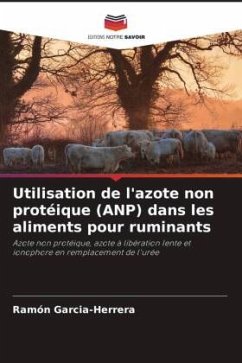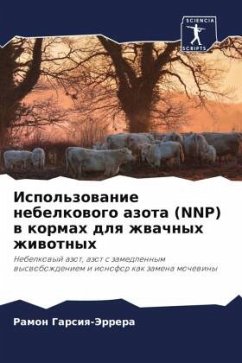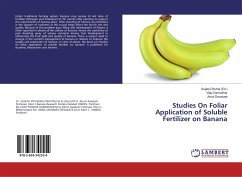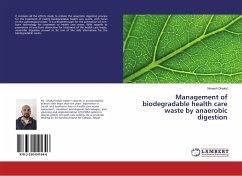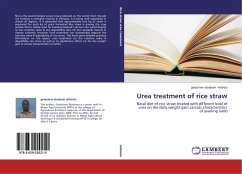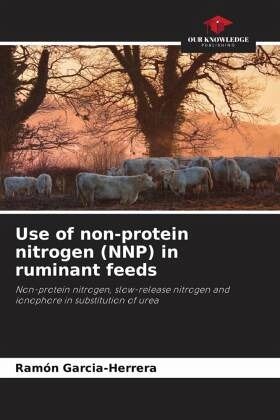
Use of non-protein nitrogen (NNP) in ruminant feeds
Non-protein nitrogen, slow-release nitrogen and ionophore in substitution of urea
Versandkostenfrei!
Versandfertig in 6-10 Tagen
40,99 €
inkl. MwSt.

PAYBACK Punkte
20 °P sammeln!
Non-protein nitrogen has been used in ruminant feeding as a cheaper source of nitrogen than from a true protein source, with urea being the main product with this meaning. Fibrolytic organisms are the most efficient at utilizing ammonia as a source of nitrogen, hence urea in high fiber diets increases fiber degradation and digestion. The problem is that this diet has a rapid release of nitrogen, therefore, much ammonia can be lost by absorption from the rumen epithelium and by eructation.A slow-release nitrogen source would provide better utilization of nitrogen and other nutrients in the rume...
Non-protein nitrogen has been used in ruminant feeding as a cheaper source of nitrogen than from a true protein source, with urea being the main product with this meaning. Fibrolytic organisms are the most efficient at utilizing ammonia as a source of nitrogen, hence urea in high fiber diets increases fiber degradation and digestion. The problem is that this diet has a rapid release of nitrogen, therefore, much ammonia can be lost by absorption from the rumen epithelium and by eructation.A slow-release nitrogen source would provide better utilization of nitrogen and other nutrients in the rumen.We evaluated the effect of partial replacement of urea with Obtigen(R), a polymer-coated urea-based product that releases nitrogen as ammonia more slowly than urea, and the inclusion of yeast in high-fiber diets on digestion and ruminal parameters of water buffalo.





